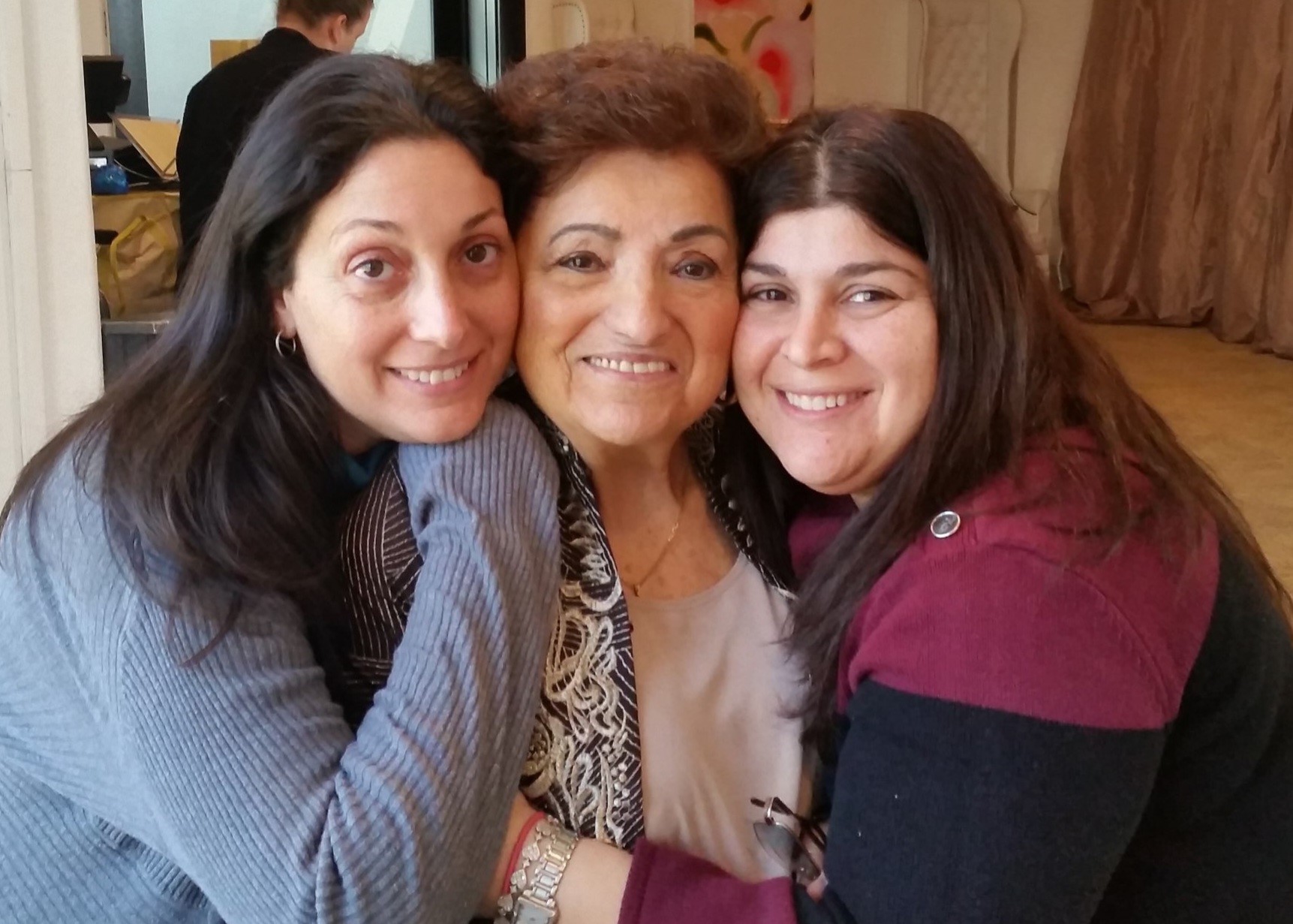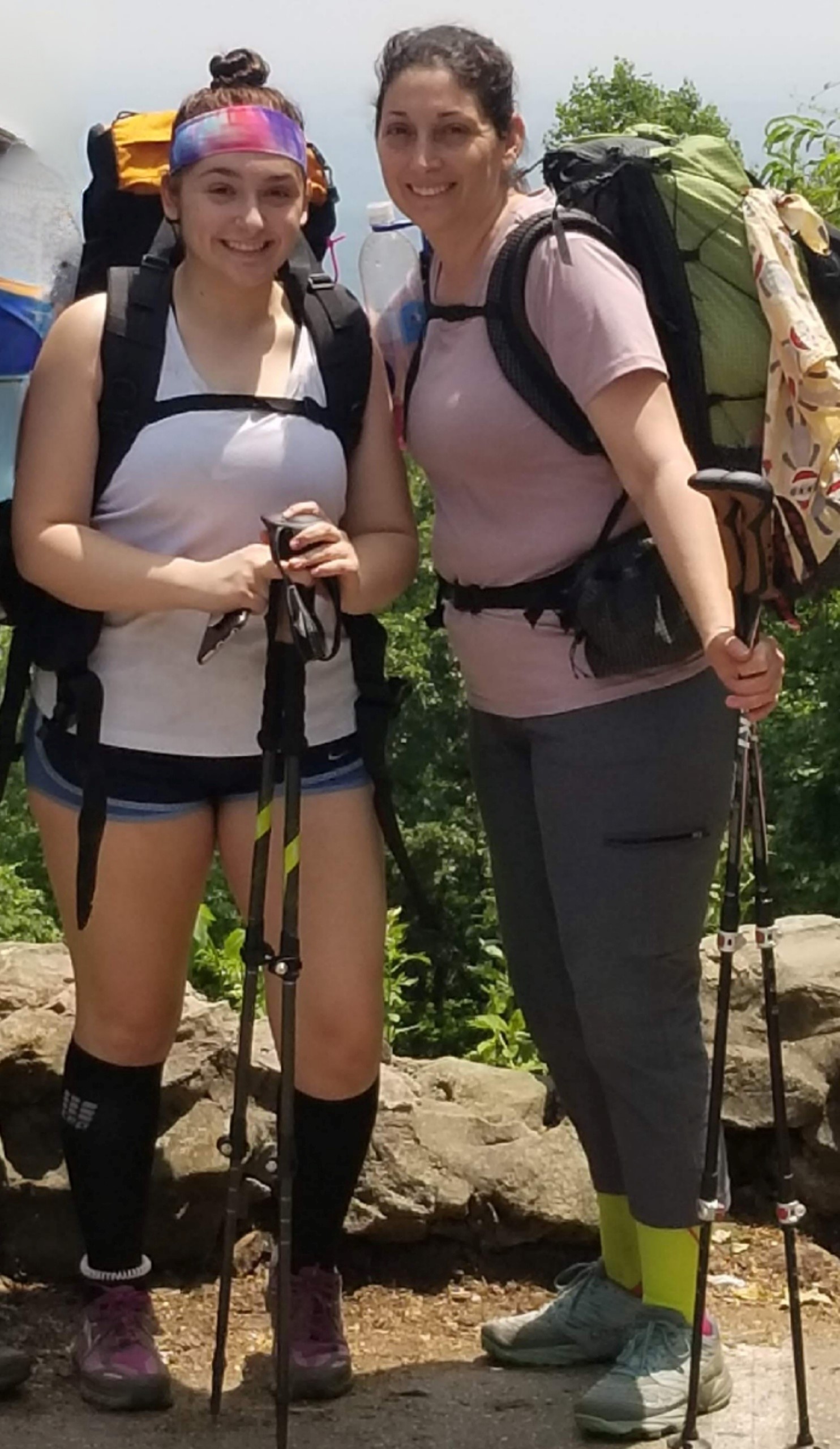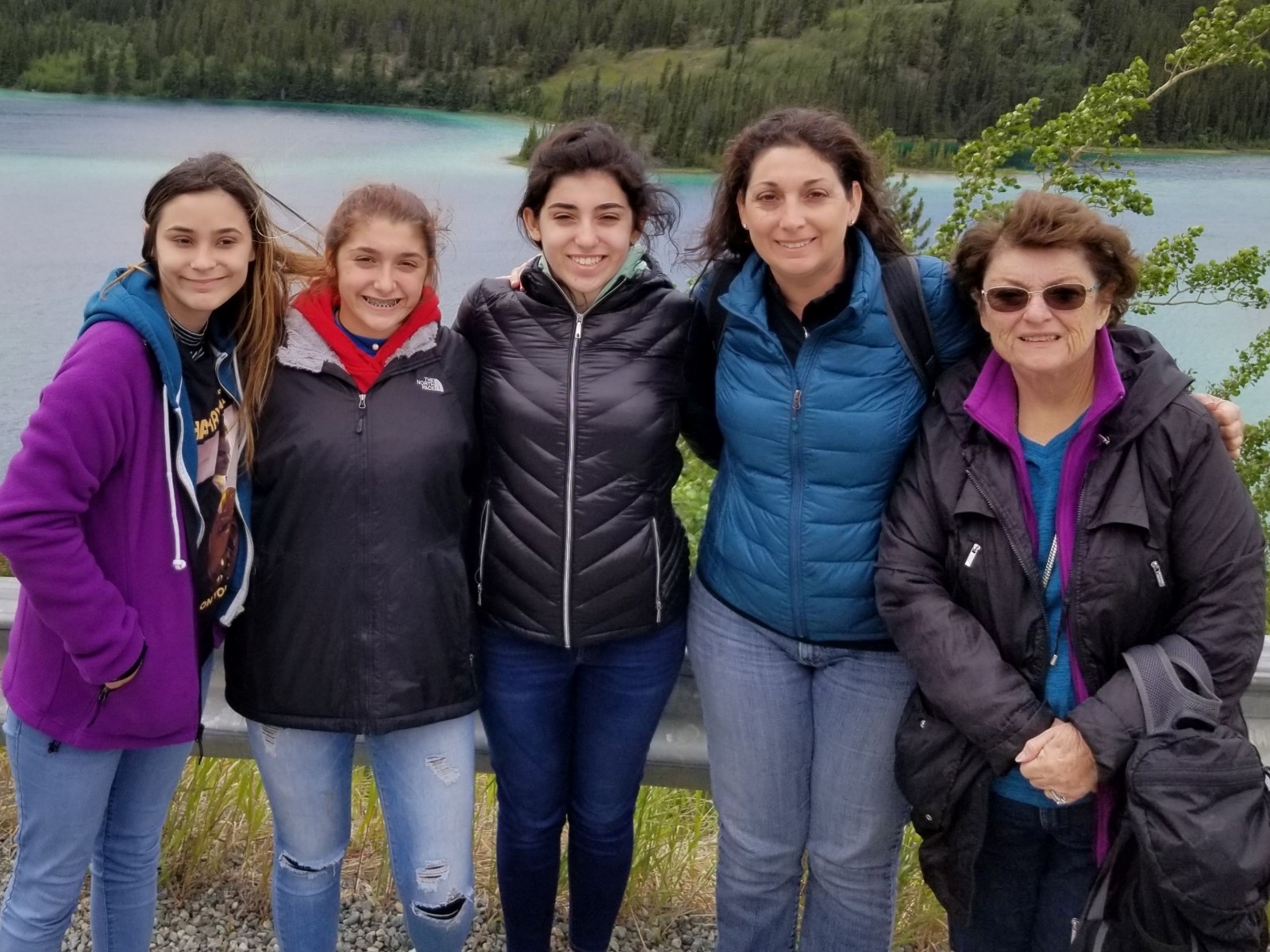My Lymphedema & Lipedema Story
By Sandra Dupree
 Three Generations of Dupree WomenI have always been active – dancing, hiking, and exploring with my family. When I hit puberty, my legs became heavy. Pregnancy was another challenging time for me. I gained weight and my legs seemed to change shape. I no longer had defined kneecaps and my legs appeared lumpier. When I had early-onset menopause. I added 40-50 pounds in a few months, and my legs felt like cement blocks. Hiking became very difficult. My legs were painful, and I was easily fatigued.
Three Generations of Dupree WomenI have always been active – dancing, hiking, and exploring with my family. When I hit puberty, my legs became heavy. Pregnancy was another challenging time for me. I gained weight and my legs seemed to change shape. I no longer had defined kneecaps and my legs appeared lumpier. When I had early-onset menopause. I added 40-50 pounds in a few months, and my legs felt like cement blocks. Hiking became very difficult. My legs were painful, and I was easily fatigued.
I became a certified lymphedema therapist and immediately began to connect my younger daughter’s symptoms with the diagnosis. She was se Pictured with Daughteren by the vascular anomaly clinic at CHOA and was given a diagnosis of lymphedema. I still didn’t attribute my leg heaviness and swelling to lymphedema until I received a diagnosis of stasis dermatitis, which led to a diagnosis of lymphedema for me, as well. I had all the symptoms, but often wrote them off as something else. I also received a diagnosis of lipedema, which helped me make sense of so many of my experiences, such as easily bruising, tenderness to touch, and difficulty losing weight— despite efforts to eat healthy and exercise.
Pictured with Daughteren by the vascular anomaly clinic at CHOA and was given a diagnosis of lymphedema. I still didn’t attribute my leg heaviness and swelling to lymphedema until I received a diagnosis of stasis dermatitis, which led to a diagnosis of lymphedema for me, as well. I had all the symptoms, but often wrote them off as something else. I also received a diagnosis of lipedema, which helped me make sense of so many of my experiences, such as easily bruising, tenderness to touch, and difficulty losing weight— despite efforts to eat healthy and exercise.
In time, more family members were diagnosed with lymphedema and/or lipedema, including my mother, my sisters, and my grandmother. My older daughter and one niece are also now showing signs of lipedema. In family photos, I was able to recognize the presentation of lipedema in other female relatives. More and more things seemed to make sense. My mother was incorrectly diagnosed with obesity, and I watched her struggle with leg pain and heaviness, without proper treatment. Until more recently, there was little treatment for the condition, and its genetic component had not really been studied. 1 in 10 women is genetically predisposed to lipedema. It is caused by diseased fat accumulating under the skin, not by changes in eating or exercise habits. It runs in families like mine and typically shows up when the body goes through hormonal changes. Now I work with patients who have lipedema and lymphedema. I have had 5 surgeries to remove lipedema tissue from my legs, arms, and abdomen and I am back to hiking 6 to 8 miles at a time. Last year, I completed a 52-week hike challenge, completing a different new trail every week.
under the skin, not by changes in eating or exercise habits. It runs in families like mine and typically shows up when the body goes through hormonal changes. Now I work with patients who have lipedema and lymphedema. I have had 5 surgeries to remove lipedema tissue from my legs, arms, and abdomen and I am back to hiking 6 to 8 miles at a time. Last year, I completed a 52-week hike challenge, completing a different new trail every week.
If you think you have lipedema or lymphedema, talk to a vascular doctor, endocrinologist, or doctor who specializes in lipedema treatment. Research lipedema online and look for Facebook support groups, like the Lighthouse Lymphedema Network. Because lipedema is a lesser-known diagnosis, you must become your own advocate as you seek treatment, but know you are not alone.
